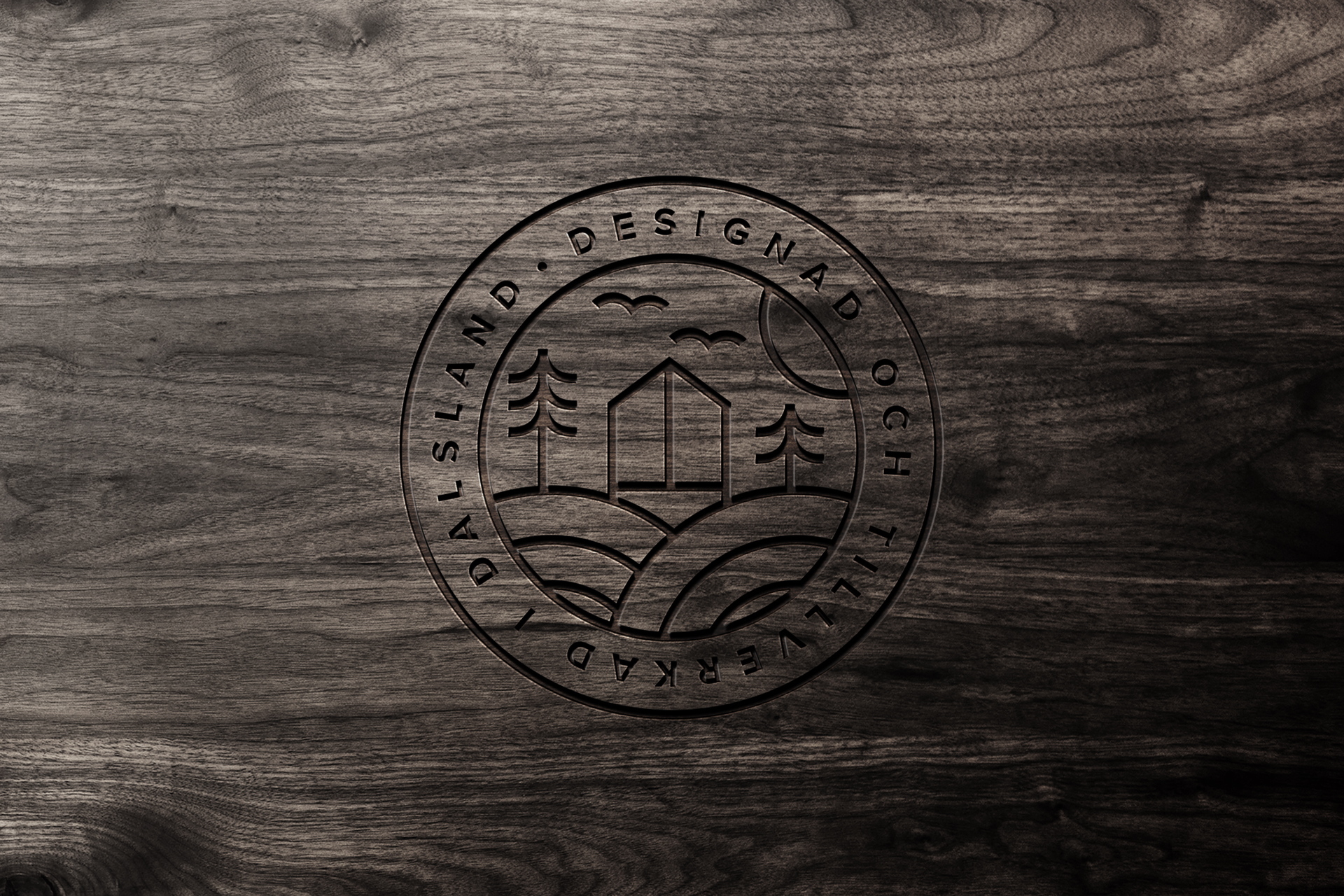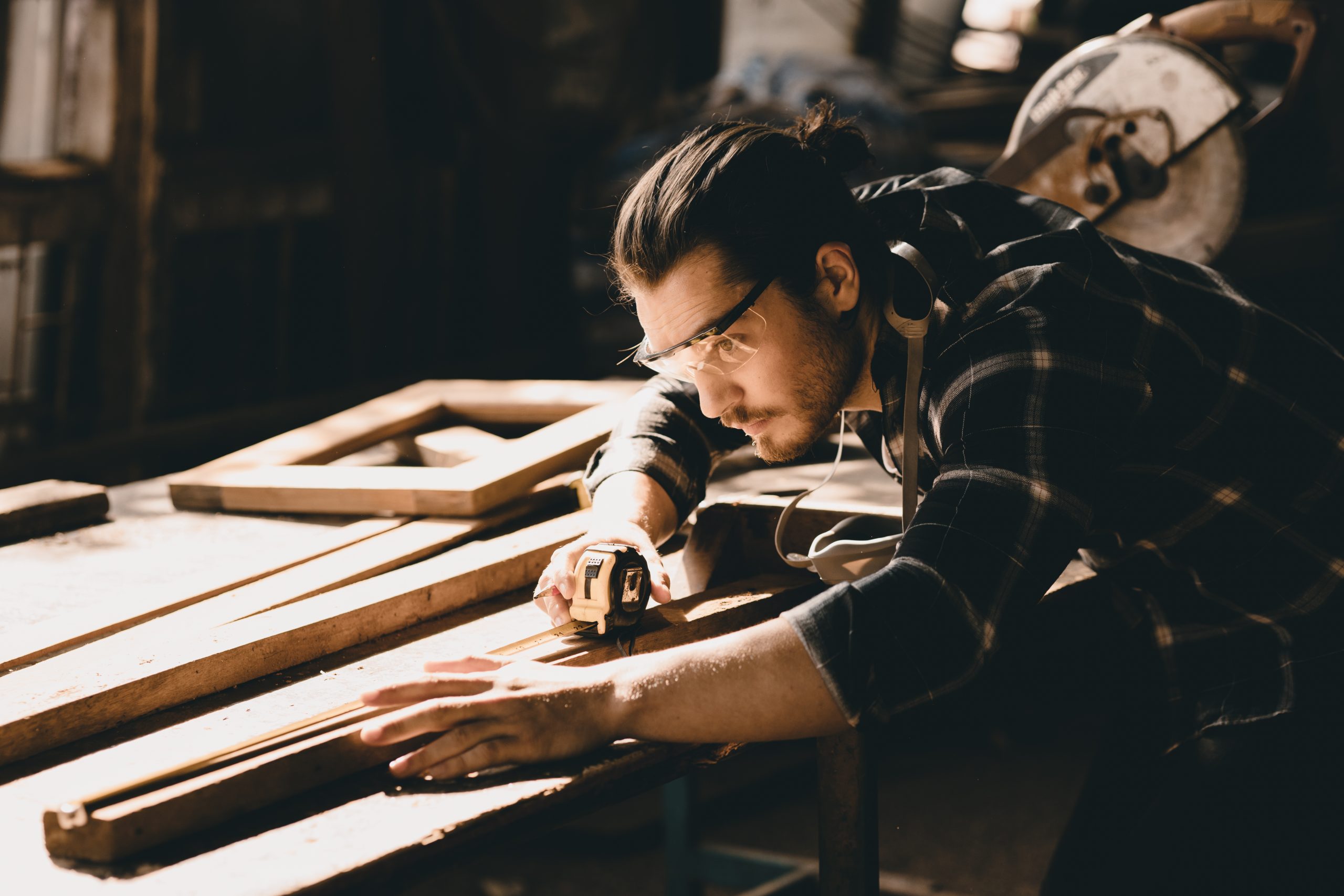It was, after all, once living, which makes each piece unique. The timber’s organic origin is visible in its appearance and texture. The visual and tactile qualities relate to the design principle of The 72 Hour Cabin, and to harvest these qualities, exceptionally skilled carpenters were consulted. Robert Fridh, from Fridh & Hell’s Bygg in Bengtsfors, was tasked with building the prototype.
With careful consideration of each board, a cabin slowly came together. The precision of the joints is down to 0.5 millimetres, which is not easily achieved with a constantly moving material, but achievable with decades of experience. Robert allows each task to take the time it needs to achieve the desired result—the kind of dedication and skills typically reserved for furniture making.

It takes five days for Robert and his colleagues to assemble a 72-hour cabin, as the timber makes each cabin have an element of uniqueness. The exterior is carefully painted with a tar mixture when the cabin is constructed in the woodshop, so the planks are weather-protected. The glass is UV-resistant, but the interior paint wash also has UV-protective properties.
If the cabin is to be transported in a flat package, it is disassembled in large parts and placed in a custom-made wooden box. This wooden box is lifted into the truck and travels in one piece.
The 72 Hour Cabin logo is imprinted into each cabin as a mark to ensure the authenticity of the cabin.
There is a visual satisfaction in seeing the logic of construction expressed in an assembled structure. Timber is a tactile material with remarkable health benefits for a building material, so it was the obvious choice.
The structure is composed of Norway Spruce throughout—the same kind of tree that grows all around the cabins on the original site. The subtle unique variations between the planks give liveliness to the surface of the assembly, and the panelling changes in texture and colour over time, making time itself part of the design. The wood is locally produced, and since screws are used instead of nails, it is easy to disassemble a cabin to move it, make adaptions or re-use the material.
As part of the initiative is to live in the natural environment through the forest’s pure and native weather conditions, the cabins are built to withstand extreme wind, rain and storms. Real glass would have been too fragile to use in transport to the remote island and to live under in the woods. Instead, Lexan is used as the polycarbonate resin thermoplastic can undergo significant deformation without breaking. It has an impact strength 250 times greater than that of glass.
